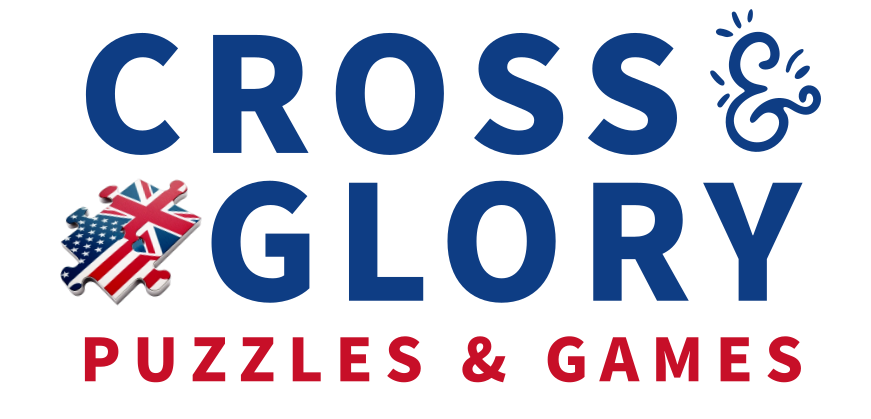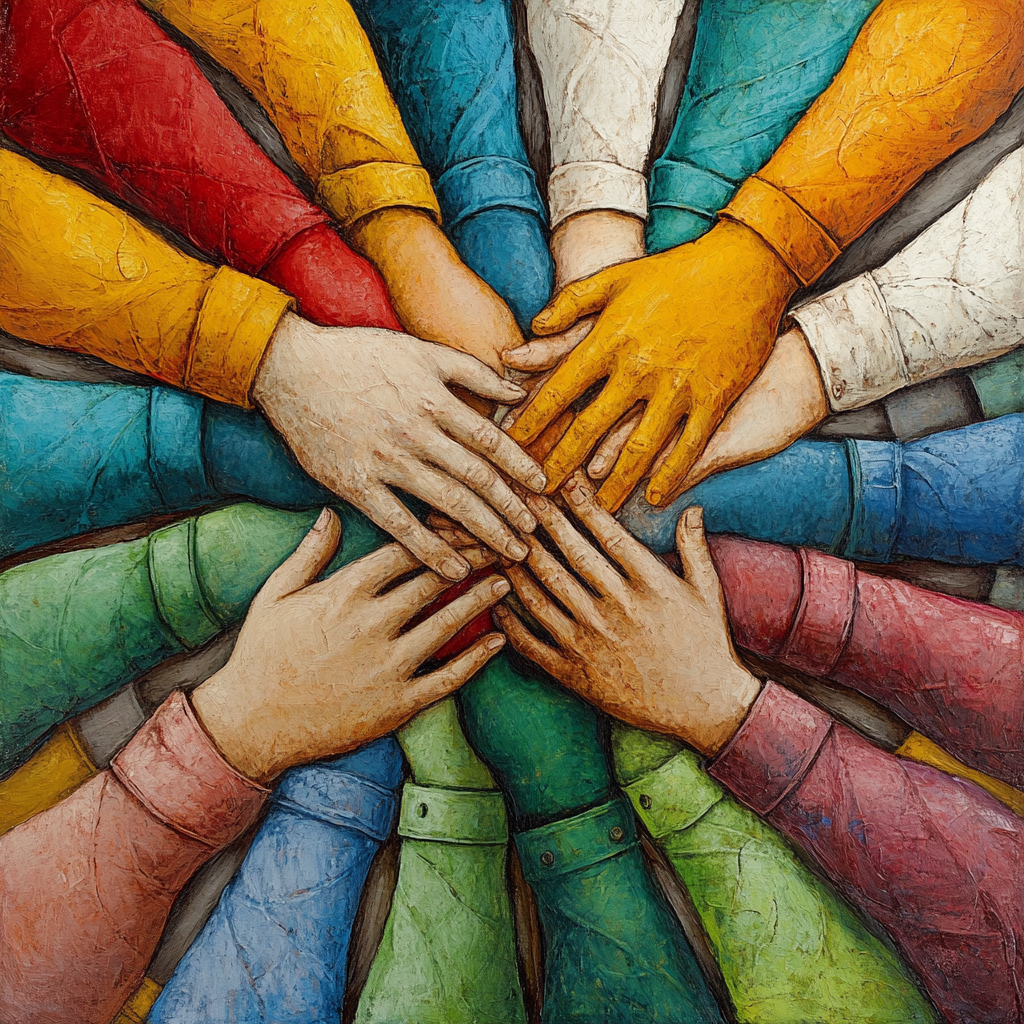Puzzling has long been considered a solitary activity, but collaborative puzzling is rapidly growing in popularity. From families gathering around the table to teams participating in competitive challenges, group puzzling brings people together in unique and rewarding ways. Let’s explore how collaborative puzzling fosters connection, creativity, and problem-solving, and why it’s becoming the next big thing in this classic pastime.
1. Why Collaborative Puzzling Works
Solving puzzles in a group blends teamwork with fun, offering benefits for all participants:
- Shared Focus: Collaborative puzzling creates a shared goal that fosters connection and cooperation.
- Different Perspectives: Each participant brings their own approach, whether it’s sorting, edge-building, or spotting subtle patterns.
- Social Bonding: The experience of working together strengthens relationships, whether among friends, families, or coworkers.
2. Tips for Successful Group Puzzling
Collaborative puzzling can be enjoyable and efficient with a few simple strategies:
- Divide Tasks: Assign roles, such as sorting pieces by color or assembling specific sections of the image, to keep everyone engaged.
- Create a Shared Workspace: Use a large table or dedicated puzzle board to ensure there’s enough room for everyone to contribute comfortably.
- Rotate Roles: Allow each solver to switch tasks, keeping the experience fresh and ensuring everyone has a chance to shine.
If you’re worried about storage for in-progress puzzles, consider portable solutions like roll-up puzzle mats or sturdy puzzle bags. For tips on choosing the best storage options, check out Jigsaw Puzzle Bags: More Than Just a Hobby.
3. The Eco-Friendly Side of Collaborative Puzzling
Collaborative puzzling aligns perfectly with sustainable living. Sharing puzzles among friends or using community puzzle swaps reduces waste, while eco-conscious puzzlers can opt for puzzles made from recycled materials or plant-based inks.
Choosing puzzles crafted with sustainability in mind ensures that the joy of puzzling doesn’t come at the cost of the environment. To learn more about eco-friendly puzzling practices, read Sustainable Puzzling: Eco-Friendly Materials and Practices for the Future.
4. Overcoming Challenges Together
Group puzzling can sometimes hit roadblocks, such as disagreements over methods or tough sections of the puzzle that slow progress. Here’s how to keep things on track:
- Collaborate on Strategies: Discuss approaches, such as sorting by color or shape, to find a method that works for the group.
- Take Breaks: Step away from the puzzle if tensions rise or progress stalls—returning with fresh eyes can lead to breakthroughs.
- Celebrate Small Wins: Completing a tricky section or finding a key piece should be acknowledged to keep morale high.
For additional problem-solving tips, explore Stuck on a Puzzle? Don’t Panic—Here’s How to Get Unstuck.
5. Puzzling Across Generations
Collaborative puzzling is especially meaningful for families, as it bridges generational gaps. Young children, parents, and grandparents can work together on age-appropriate puzzles, sharing laughs and memories while building something as a team.
For these family-friendly sessions, larger puzzles with bold patterns and vibrant colors work best, as they allow everyone to contribute.
6. Collaborative Puzzling in Competitive Settings
For those who love a challenge, collaborative puzzling has become a team sport in competitive puzzling tournaments. These events bring groups together to race against the clock, testing their speed, strategy, and teamwork. The adrenaline and camaraderie make it an exciting extension of this classic hobby.
Conclusion
Collaborative puzzling is transforming the way we approach this timeless pastime. By fostering teamwork, creativity, and connection, it turns solving into a shared experience that’s as rewarding as it is fun. Whether you’re puzzling with family, friends, or coworkers, the rise of group solving proves that some challenges are best tackled together—one piece at a time.

